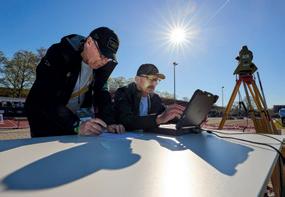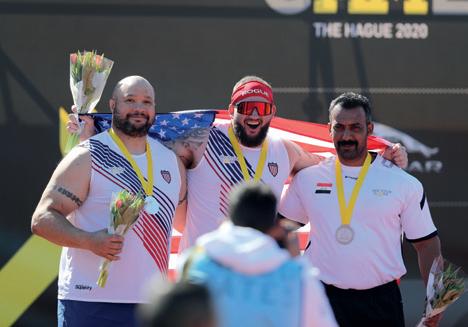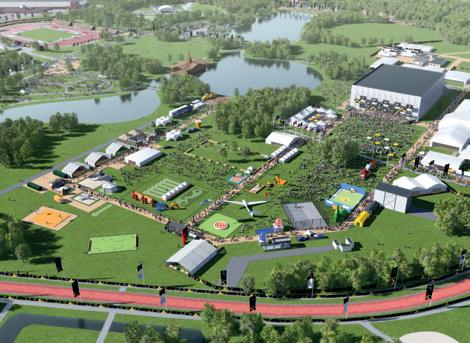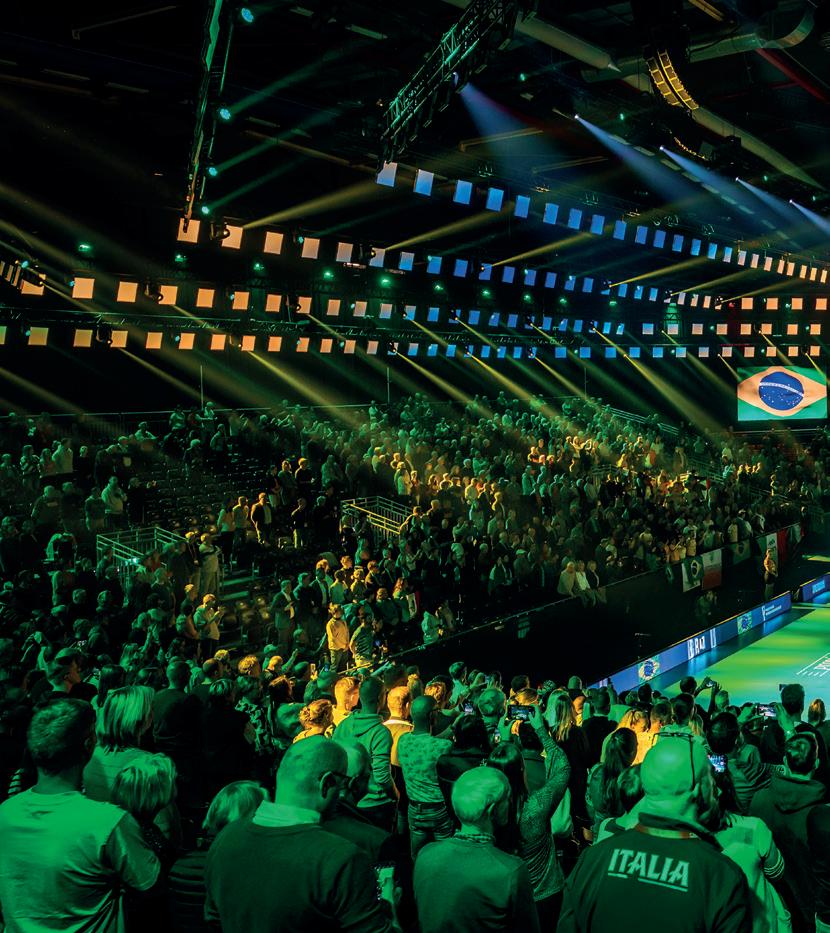
3 minute read
OSF Facilitator Program
Since we didn’t have unlimited funds, we had to rely on partnerships and the strength of our quadruple helix approach: a collaborative effort between the public & private domain, the knowledge institutions, and citizens. To give a reference: the size of the Invictus Games is relative and comparable to the size of the winter Paralympics. The difference is the Paralympics has a significantly larger budget. With Invictus we were able to do this with much less and still have an event which created global impact. It shows our ability as the Netherlands, as a host country to deal with all scales of events.
We don’t have an Olympic City or venues specifically for that purpose in The Hague, so we had to start from scratch. We reached out to companies and began to build partnerships to support us. A lot of companies got out of
Advertisement
Photograph: © Getty Images for Invictus Games The Hague p Photograph: © Getty Images for Invictus Games The Hague p Photograph: © Getty Images for Invictus Games The Hague

their way to assist us however they could. We had large organisations that already came through the Invictus Games Foundation, but Dutch companies were just as eager to be part of this. On the funding side, we raised about 40% in commercial money in the Netherlands, which is a fantastic result and shows that our private sector cares. Many partners felt this was a compelling cause to position themselves in support of. From a corporate social responsibility perspective, it fits well. As a company you care about supporting persons who are differently abled physically and mentally. However, beyond this, companies used it as a platform to start conversations in their own workplace. So, it was not a just a PR move, but a very meaningful way to facilitate conversations about mental health beyond the games in the private sector. Apart from Prince Harry, the Duke of Sussex and Patron of the Games, being involved which creates a lot of press awareness, Invictus is also a unique and feel-good event which warrants wide support. On the public side there was involvement from The Ministry of Defence, The Ministry of Health, Welfare and Sport, The RVO (Netherlands Enterprise Agency), The Ministry of Foreign Affairs, and many other public institutions. We needed early government and city involvement to turn the blank slate of the Zuiderpark into a venue capable of hosting over ten diverse kinds of sporting events. And beyond this, we needed support for planning such as security and fire safety since the games would be attended by well-known public figures. Without the support at a national and local level, we would not have been able to do it.
What’s very valuable and crucial is the support of many volunteers. Many of them have lost someone or know someone who has lost someone in the defence services. Even if they have no connection to service persons, they feel the atmosphere and love shown by everyone. Over 250 volunteers travelled from across the globe, on their own expense, to support this event. This states that the testament to what we can achieve together.

Our competitors are physically, or mentally disabled and so accessibility of facilities is of paramount importance. Generally, for events like the Paralympics, Olympic villages are being leveraged, where these facilities exist. Local hotels are not specifically equipped to support this, which presented the problem of finding enough wheelchair accessible rooms. The Hague has about four thousand hotel rooms, but the number of wheelchair accessible rooms is limited, especially to support these large numbers. Awareness around accessibility in the hospitality domain is a global challenge and the Games have shown that there is a global need to be addressed. However, the hotels collaborating with us were really accommodating and committed to making the necessary changes. Modifications of their facilities were made and the accessible was increased. Investment in added grips to walls and suitable bathroom apparatus was made. One hardly takes the time










